Ensuring Accurate Timing: A Guide to Avoiding Scheduling Mistakes
Since Covid, it has become challenging to engage clients in making selections; they often disappear after booking and confirmation, making it feel like pulling teeth to get them to complete essential questionnaires. These issues underscore the necessity of implementing robust confirmation processes and ensuring clients complete all required forms to prevent scheduling errors and misunderstandings.
Sign up to read this post
Join Now
